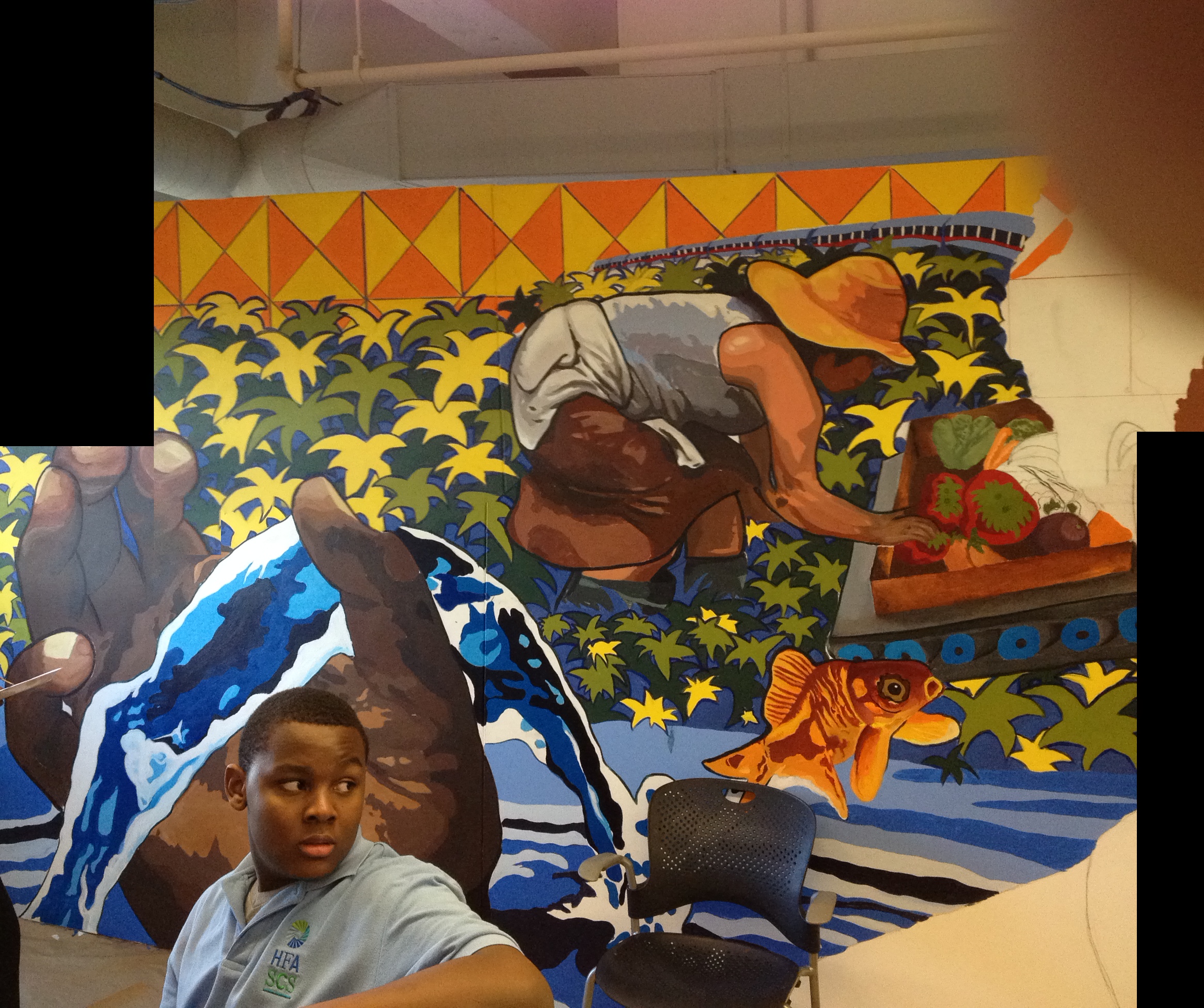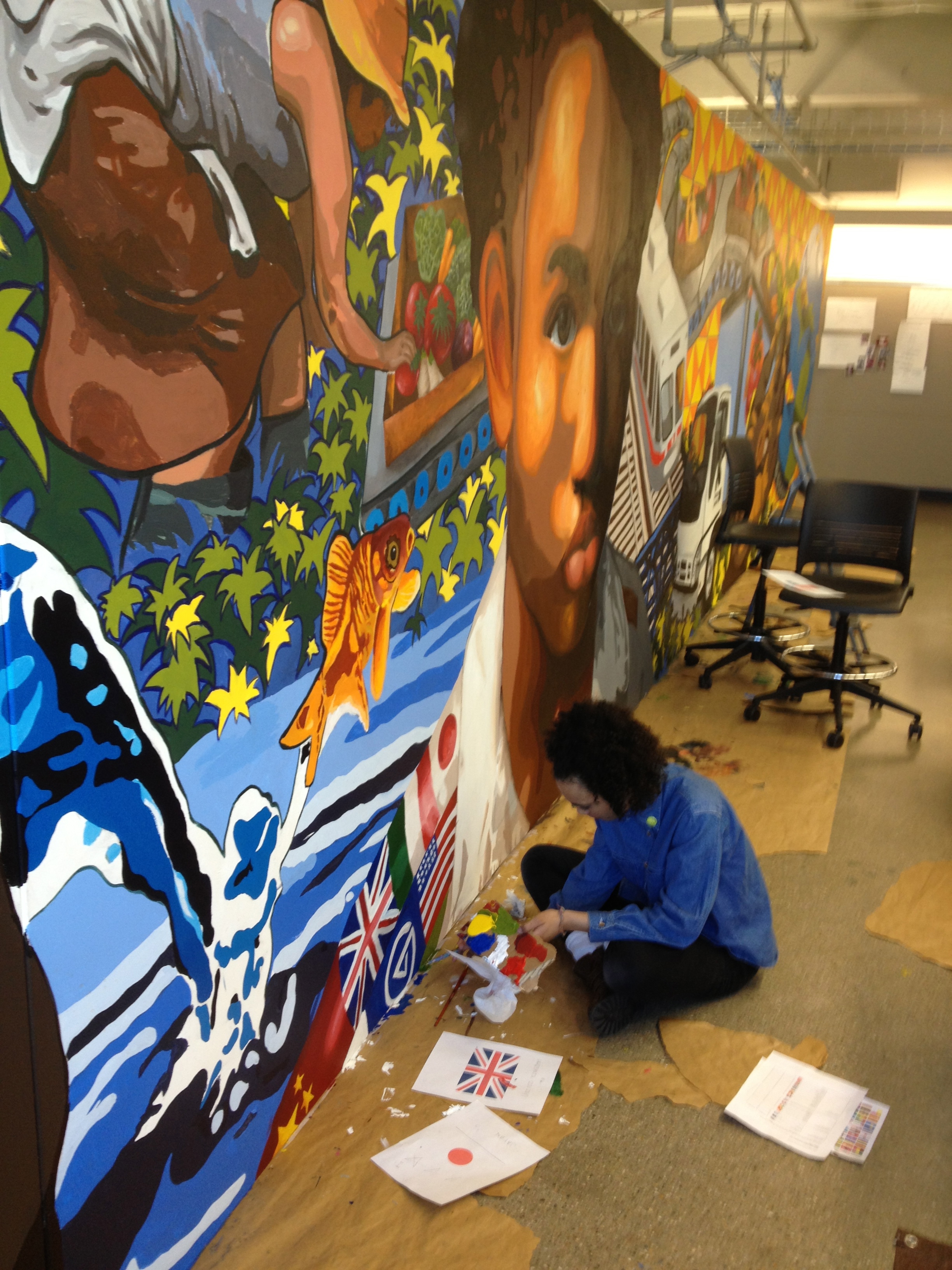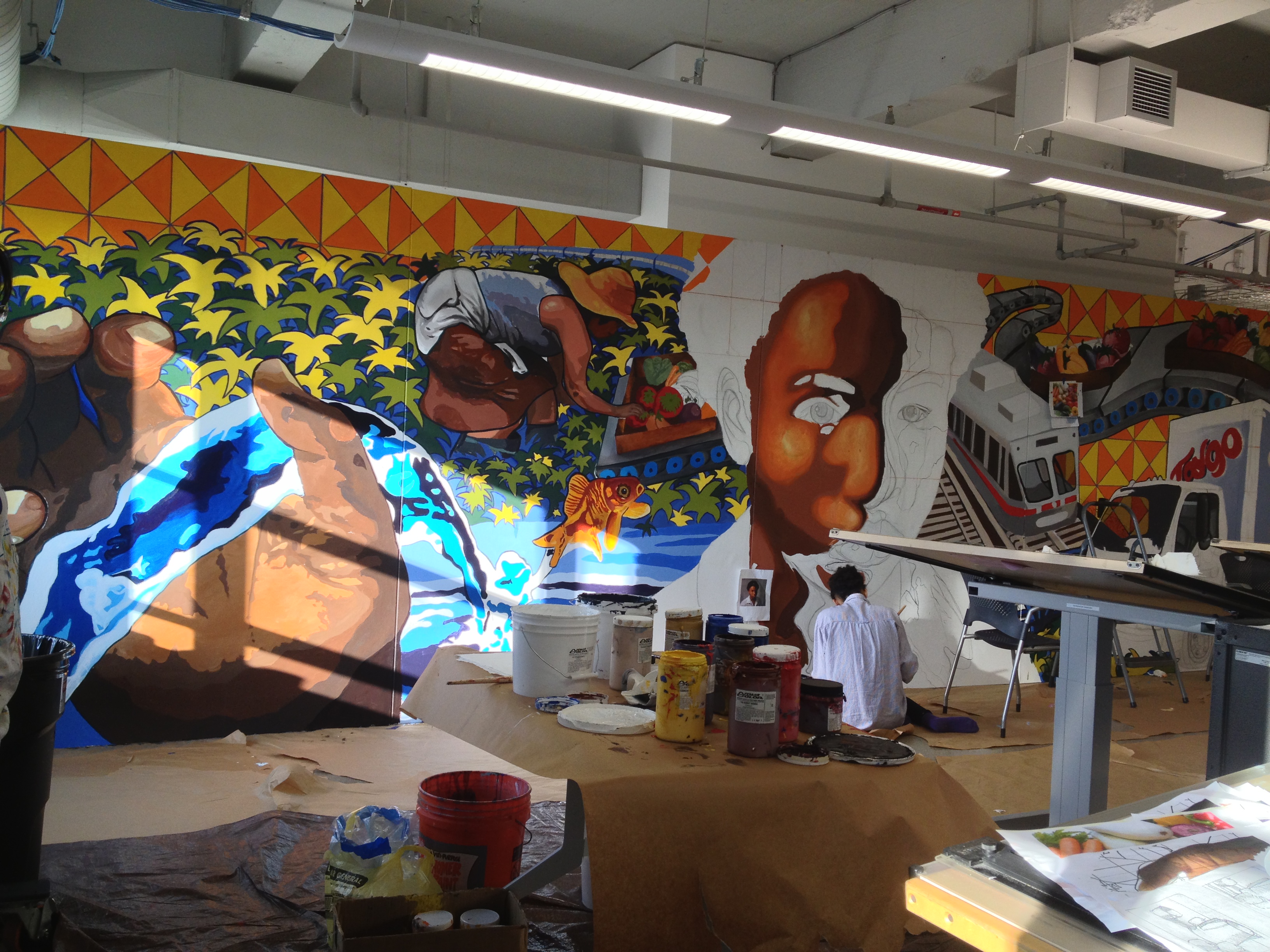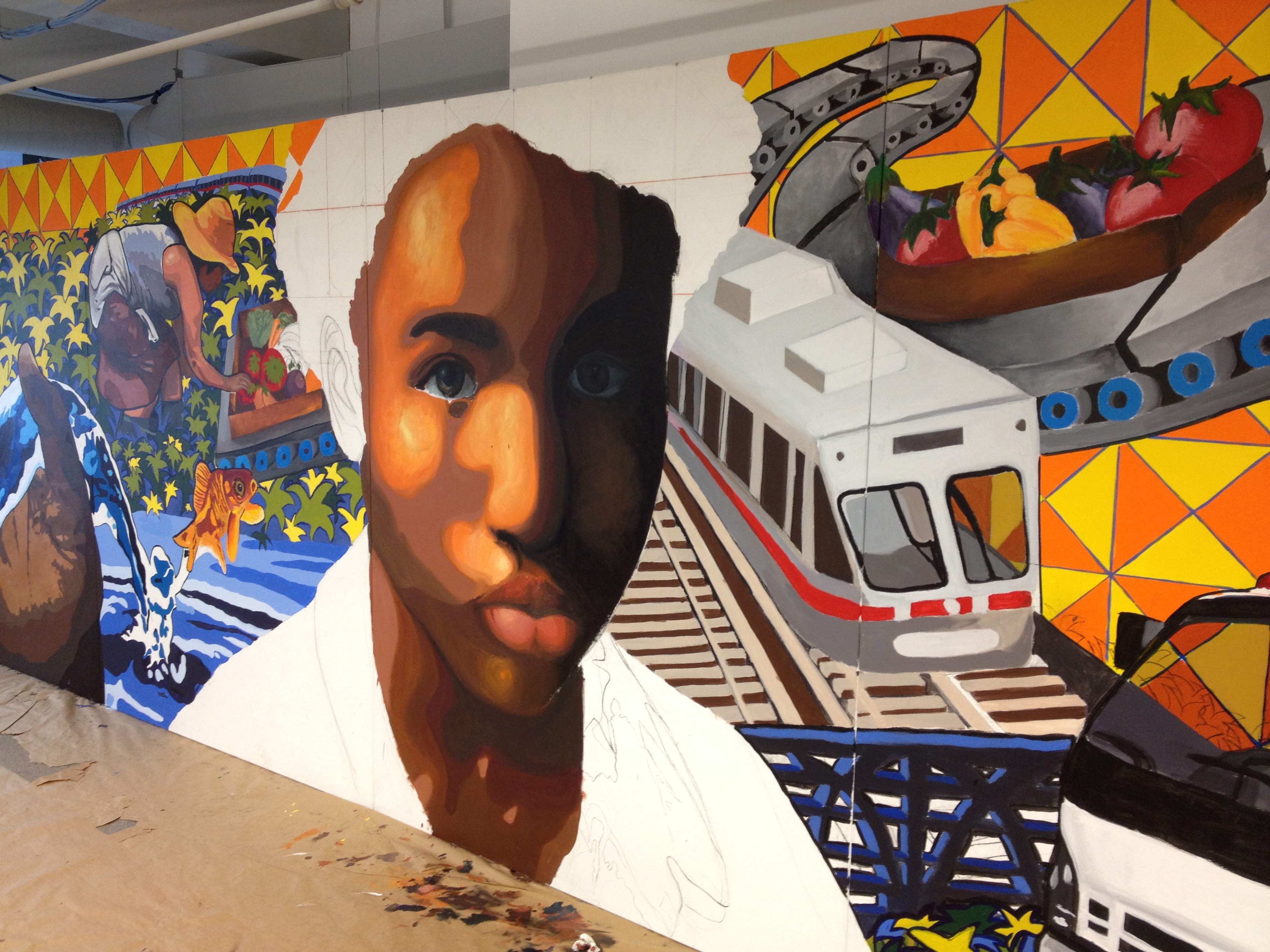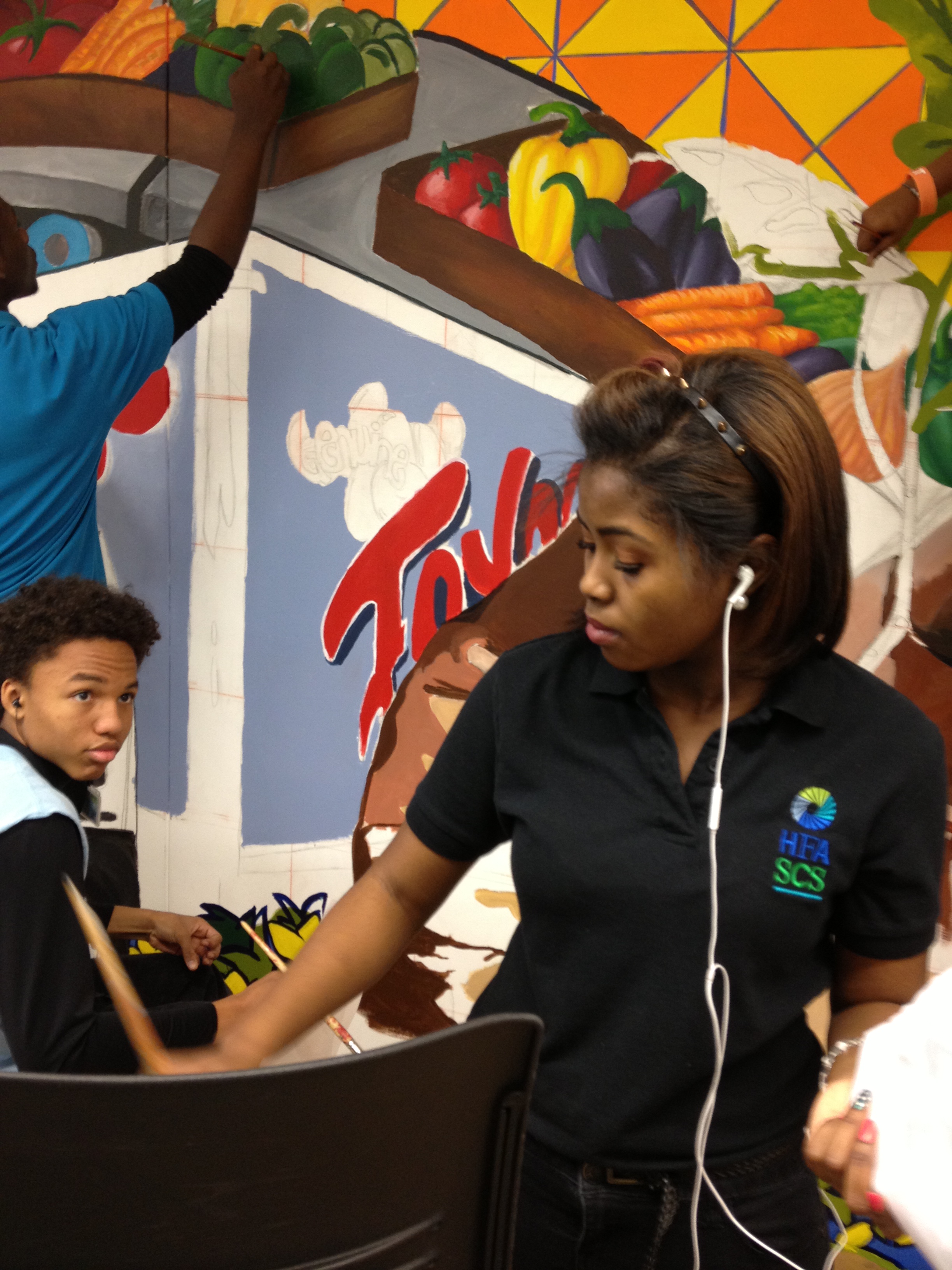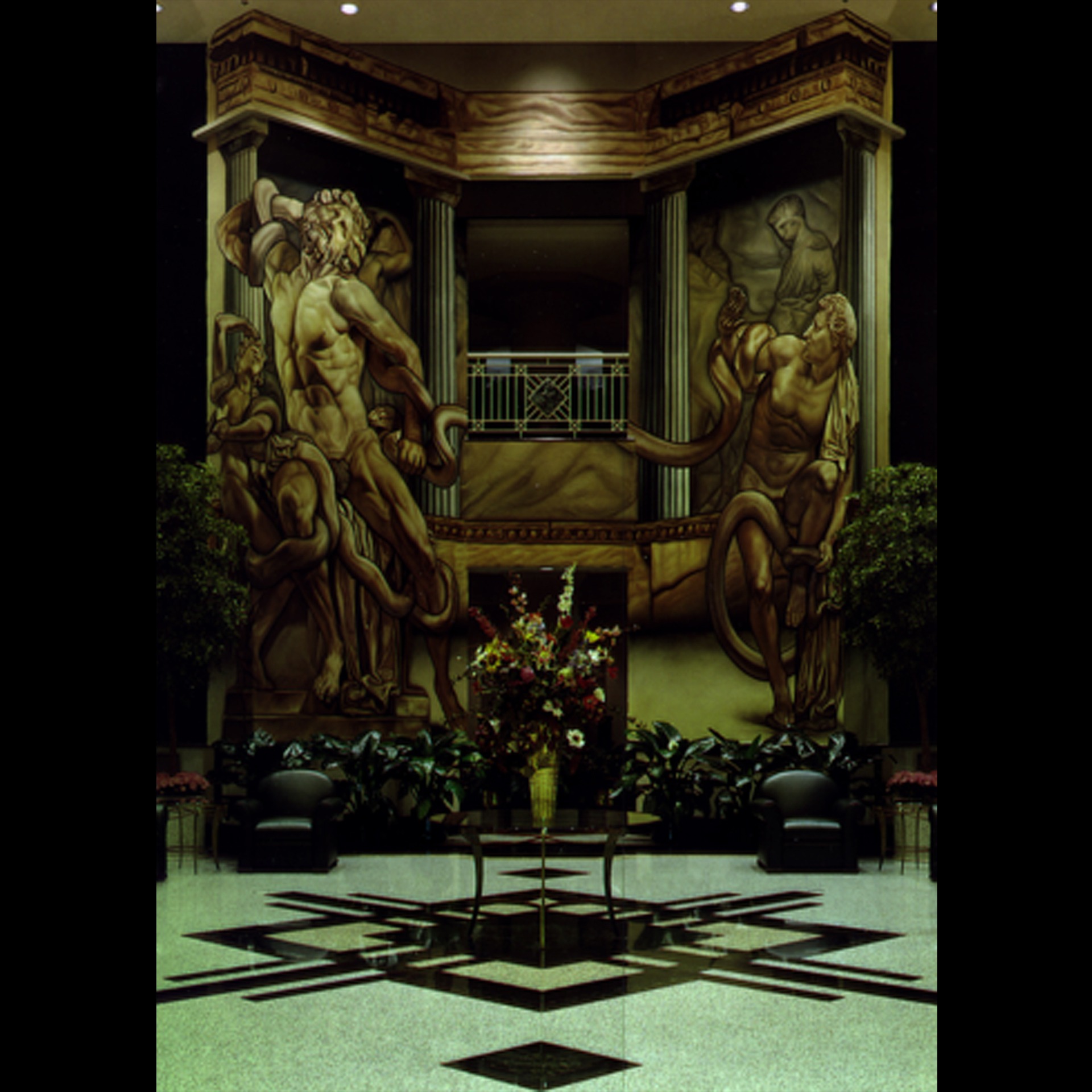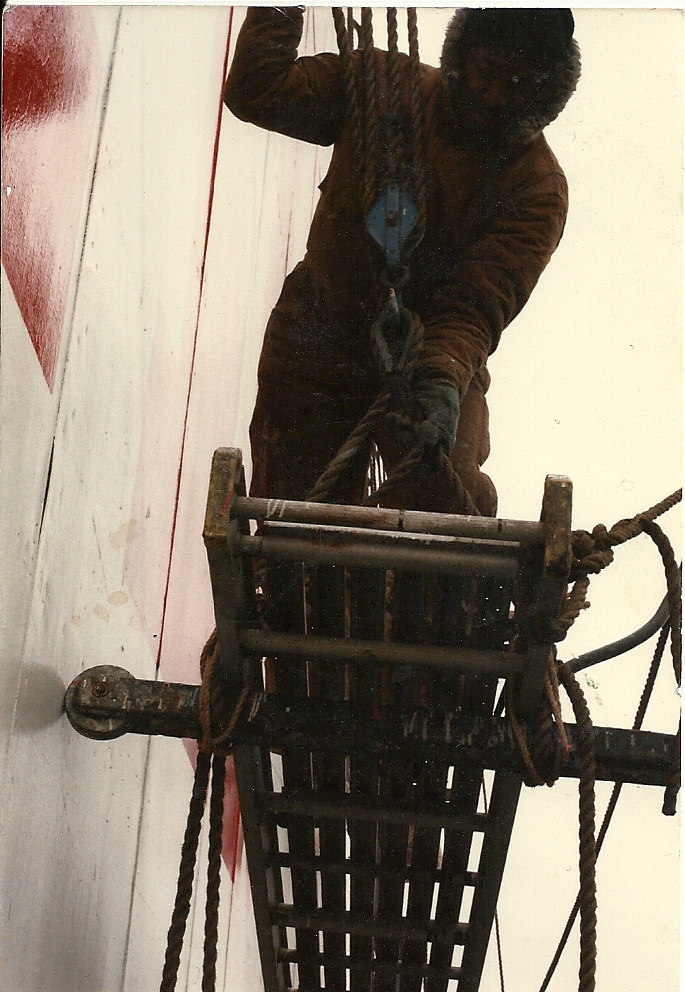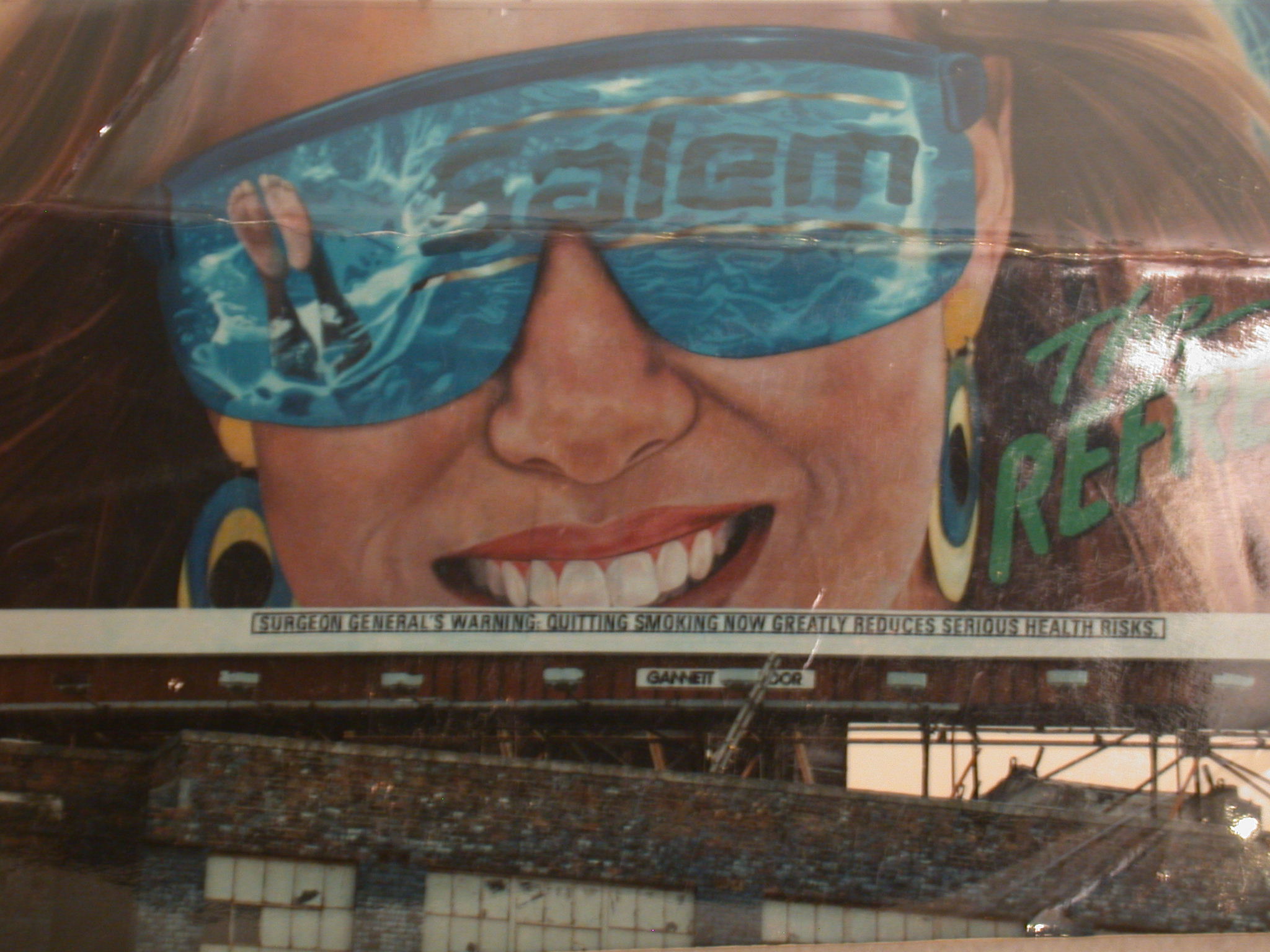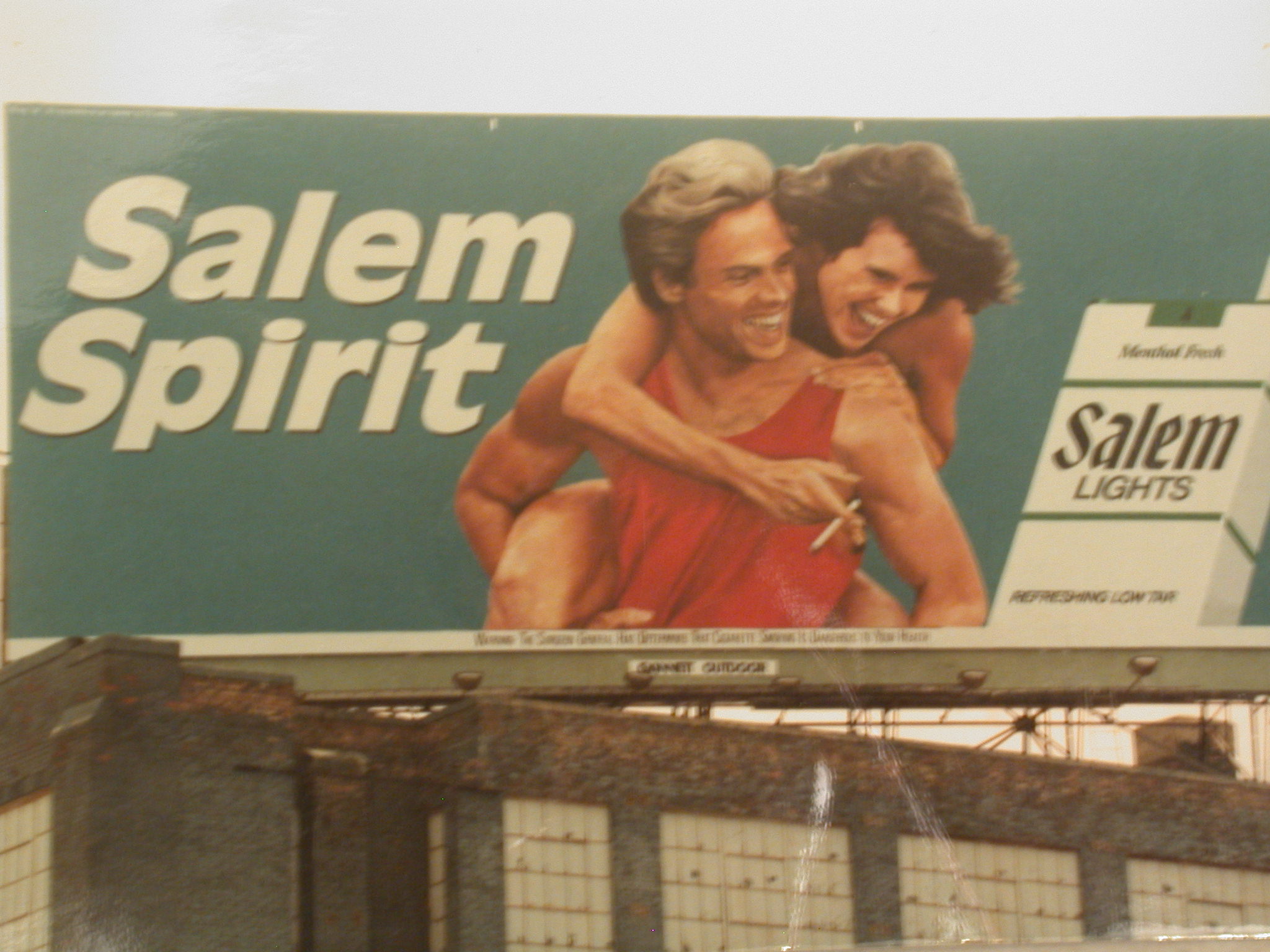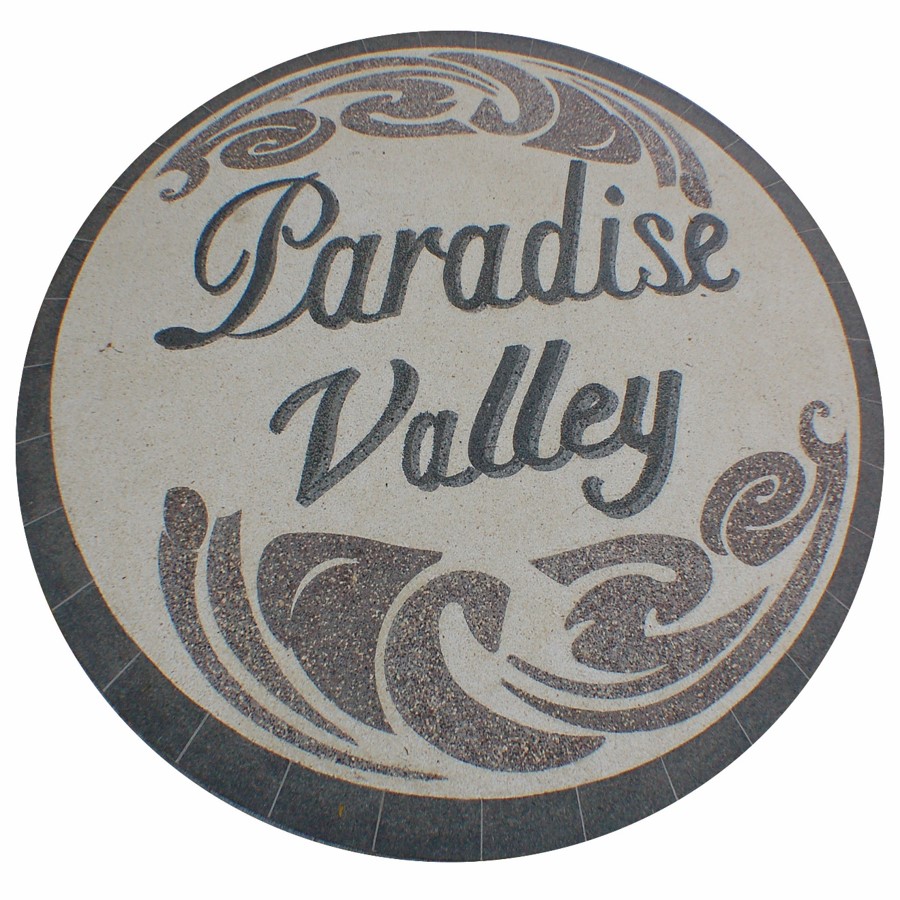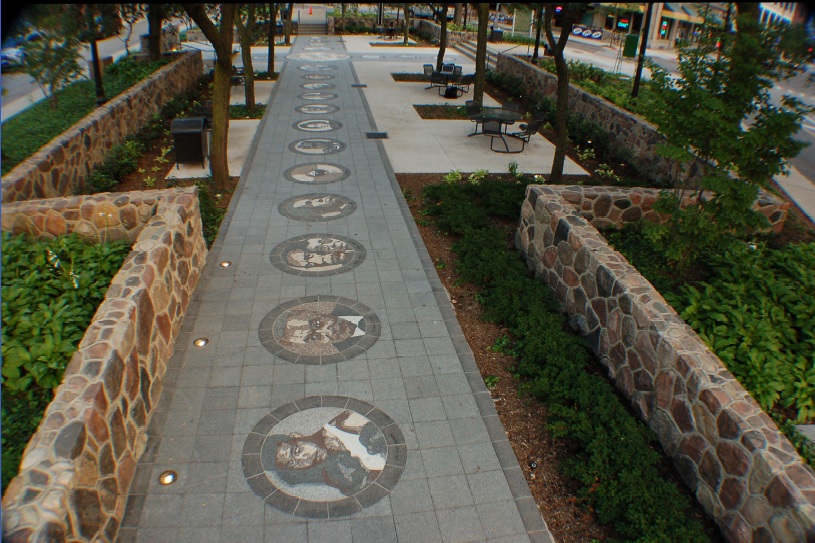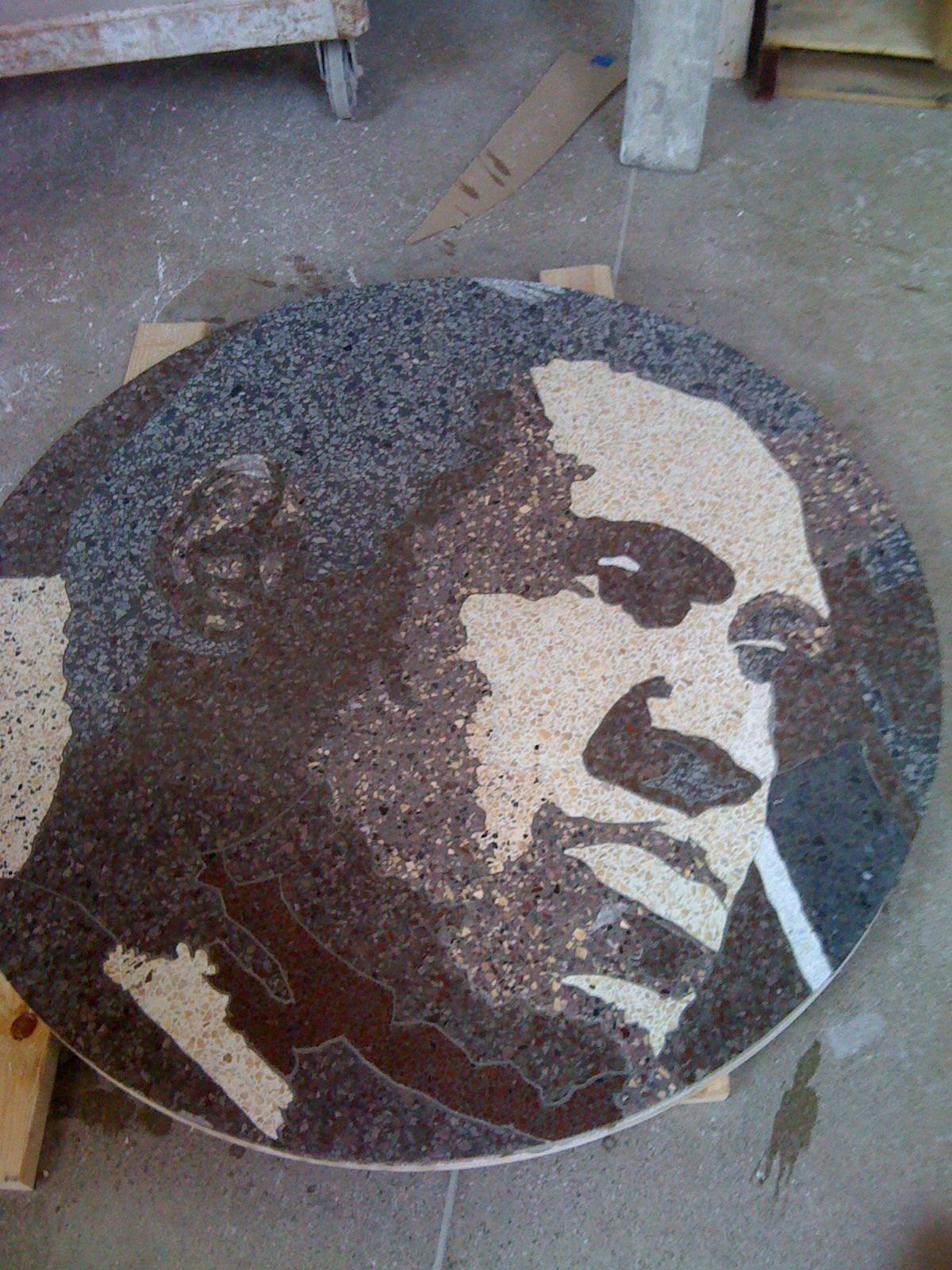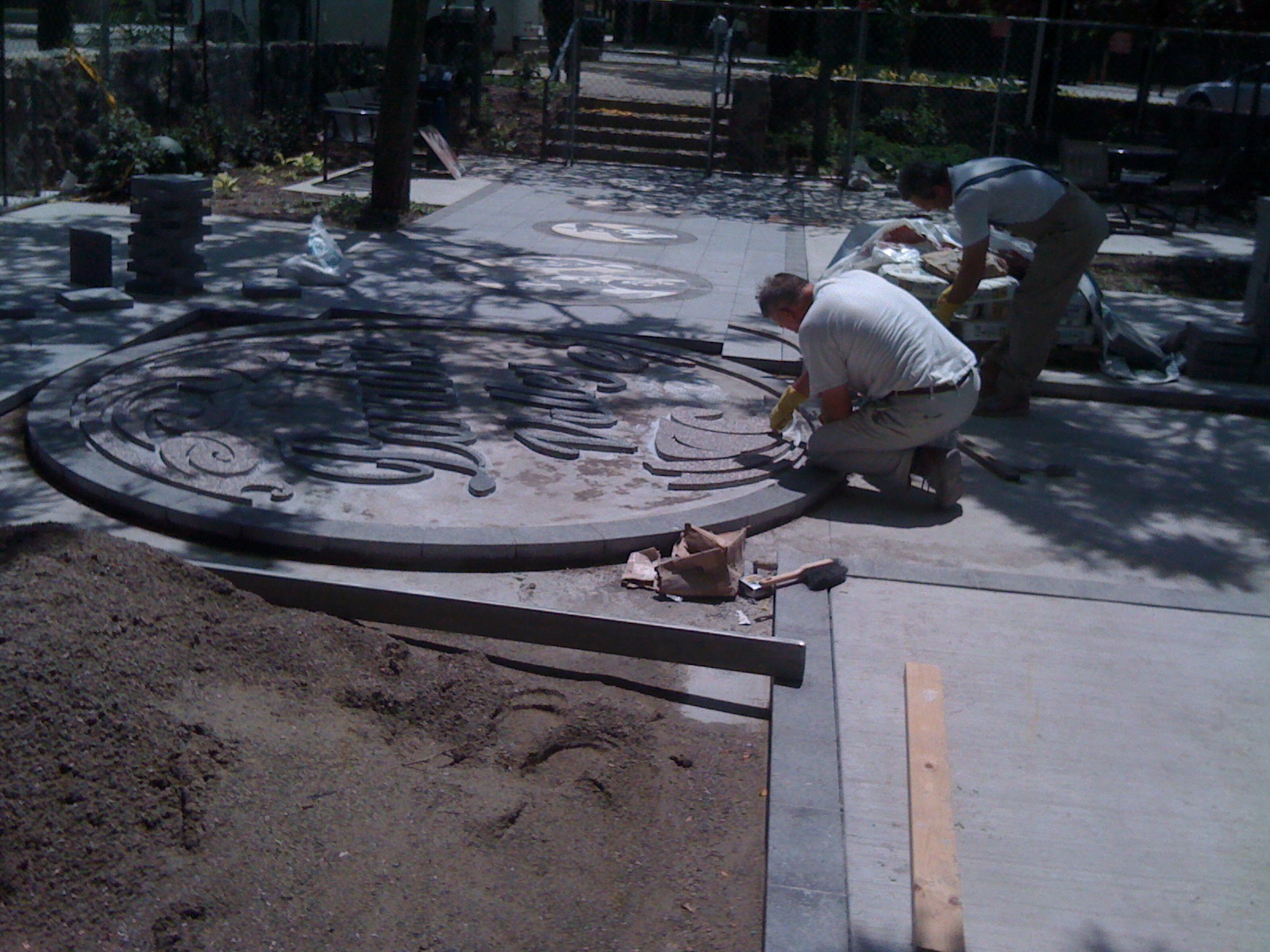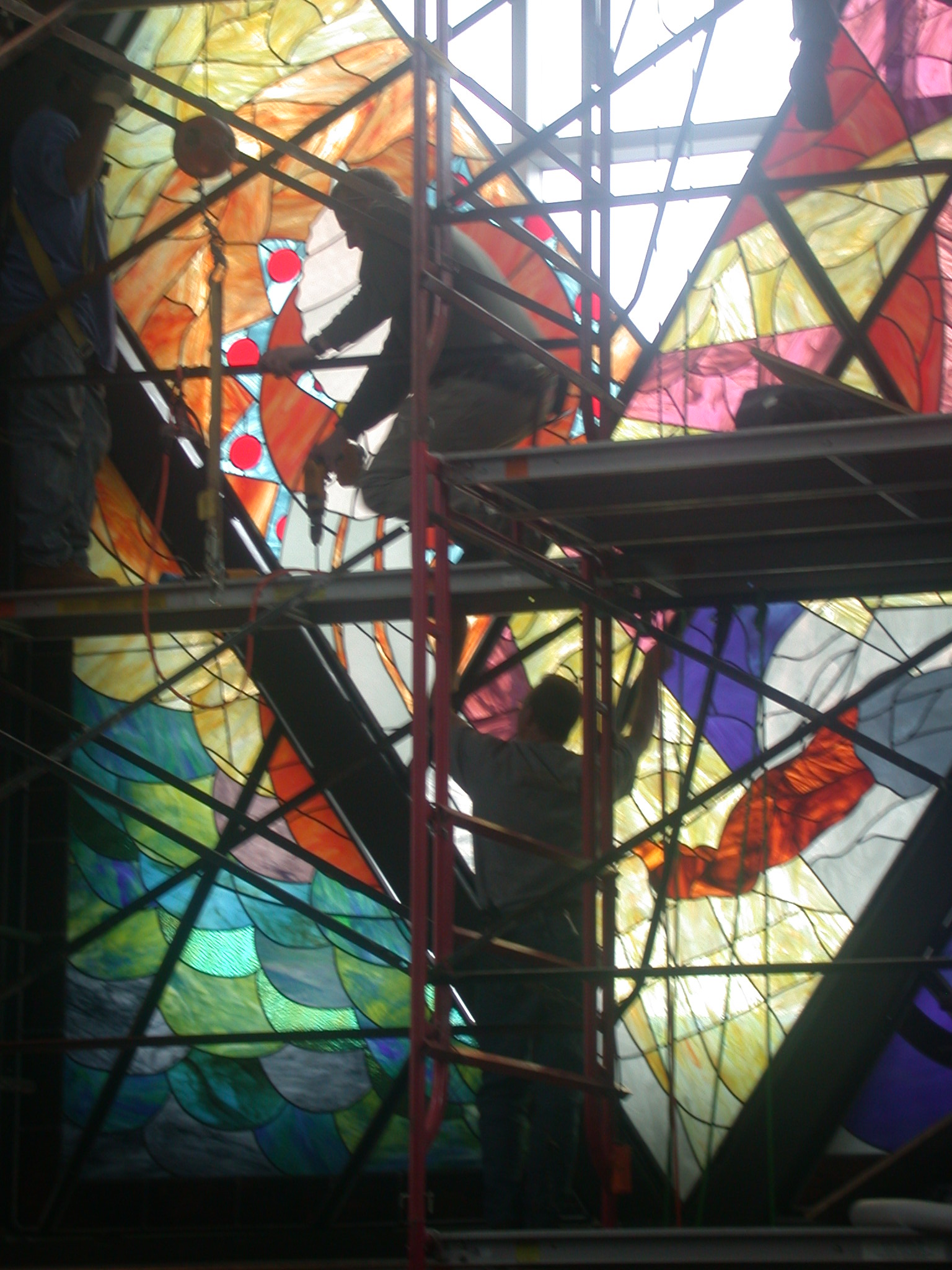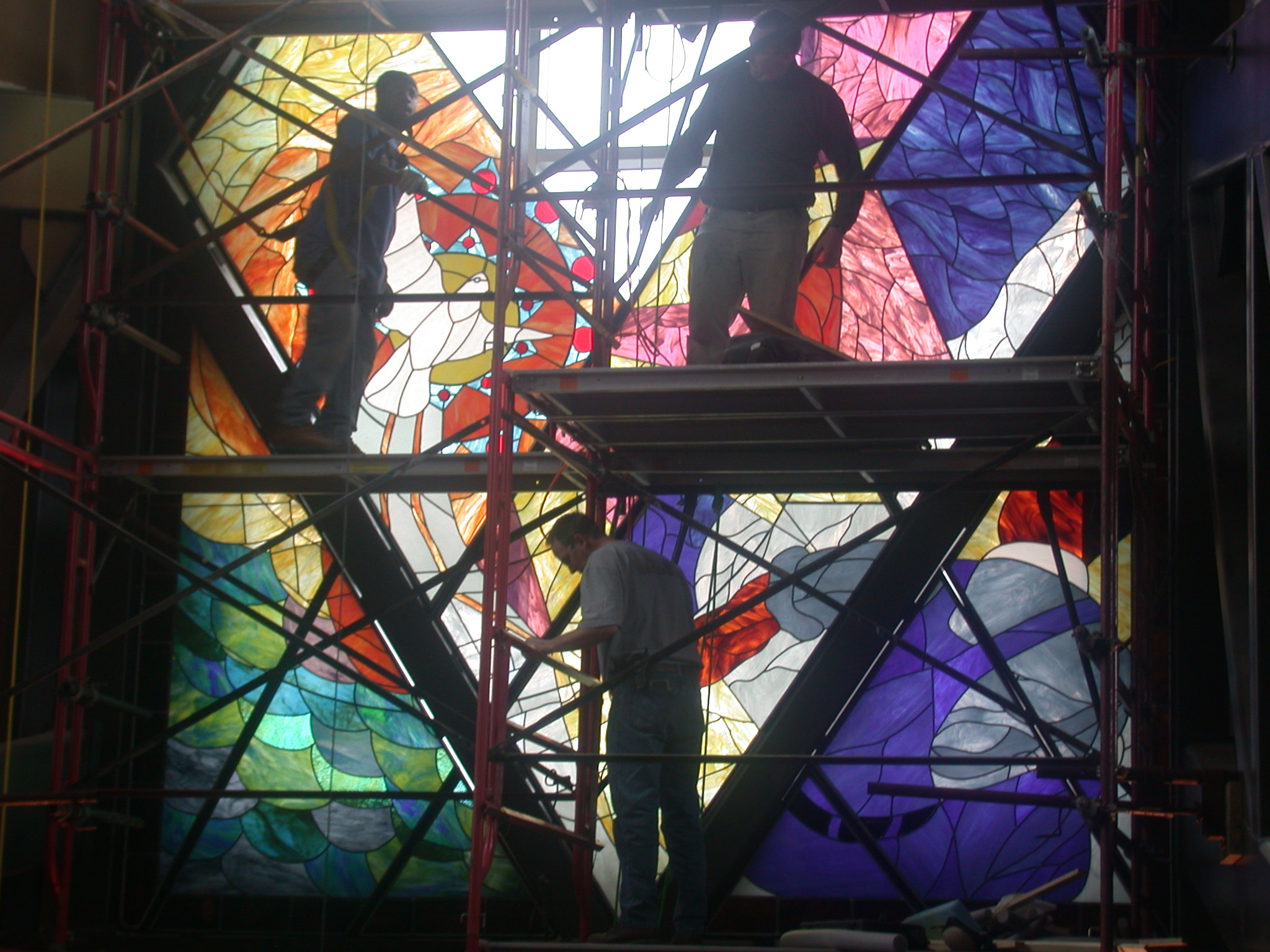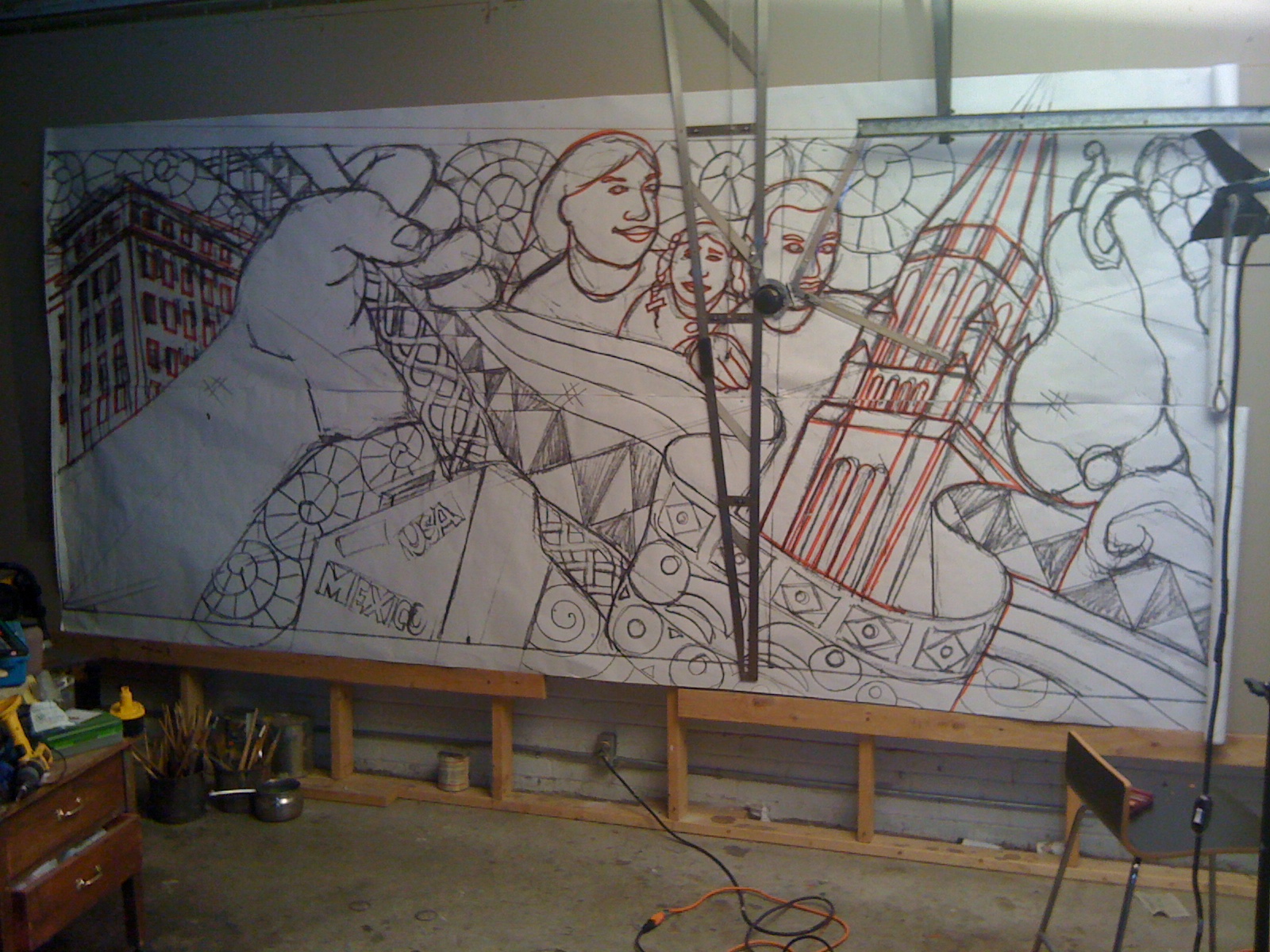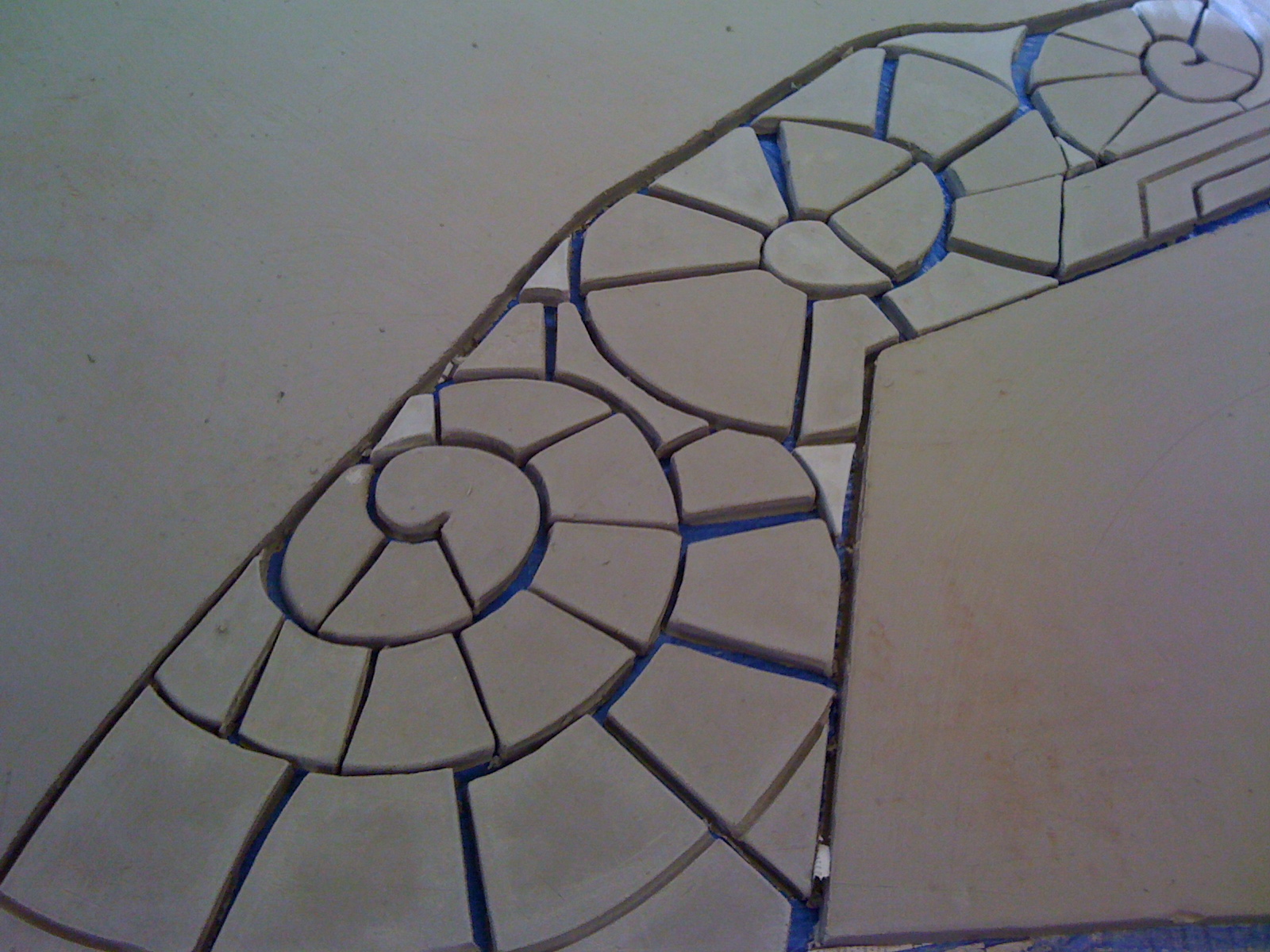Historic Carriage Town District Mural
Painting – Flint, MI
54’by 62’ Mural
The focal point of the mural is a man laying down brick to contribute to the beautification and revitalization of a community that is building for change. The mural shows the historical icons that made this city great such as old buildings that are no longer standing.
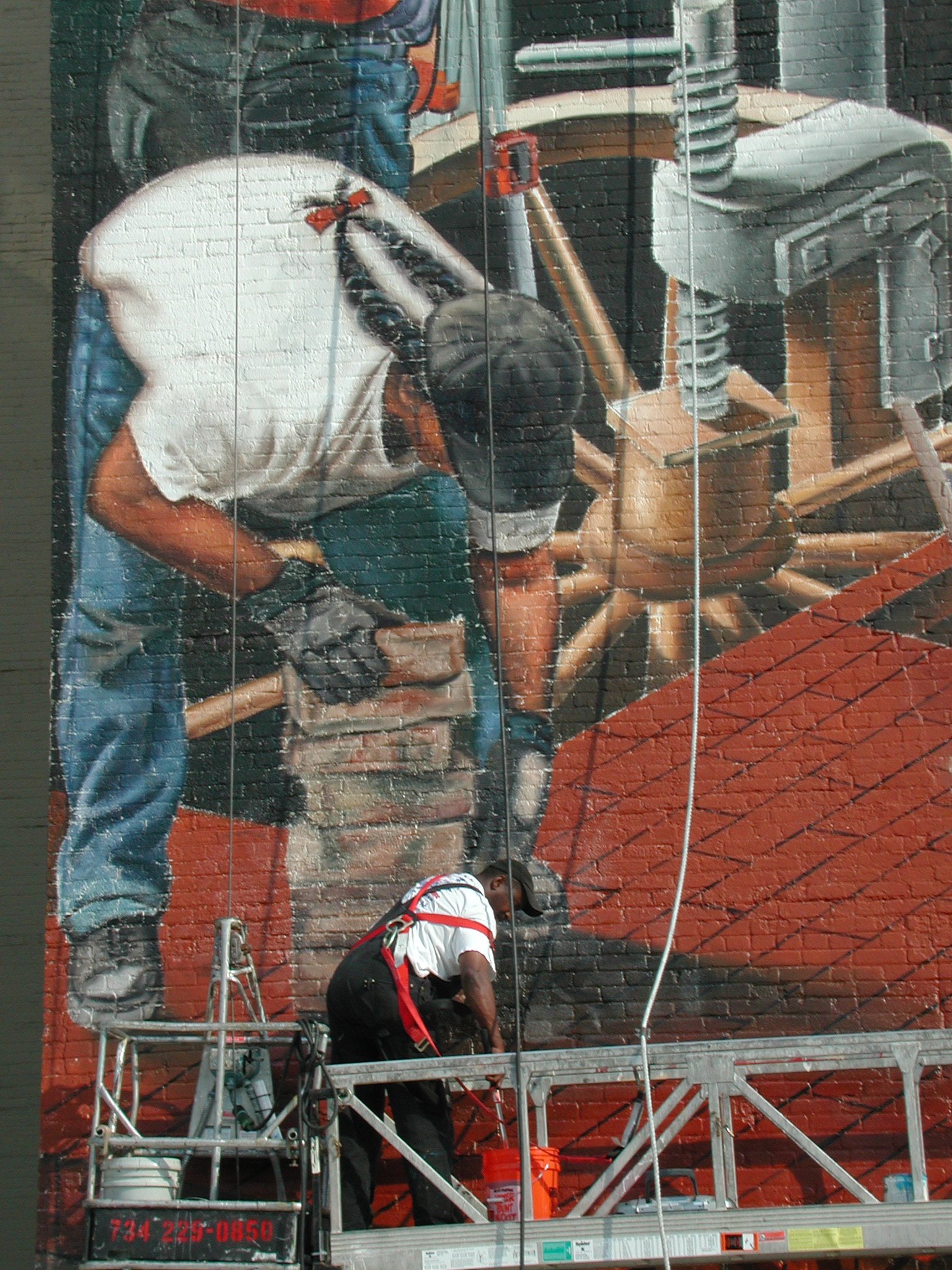
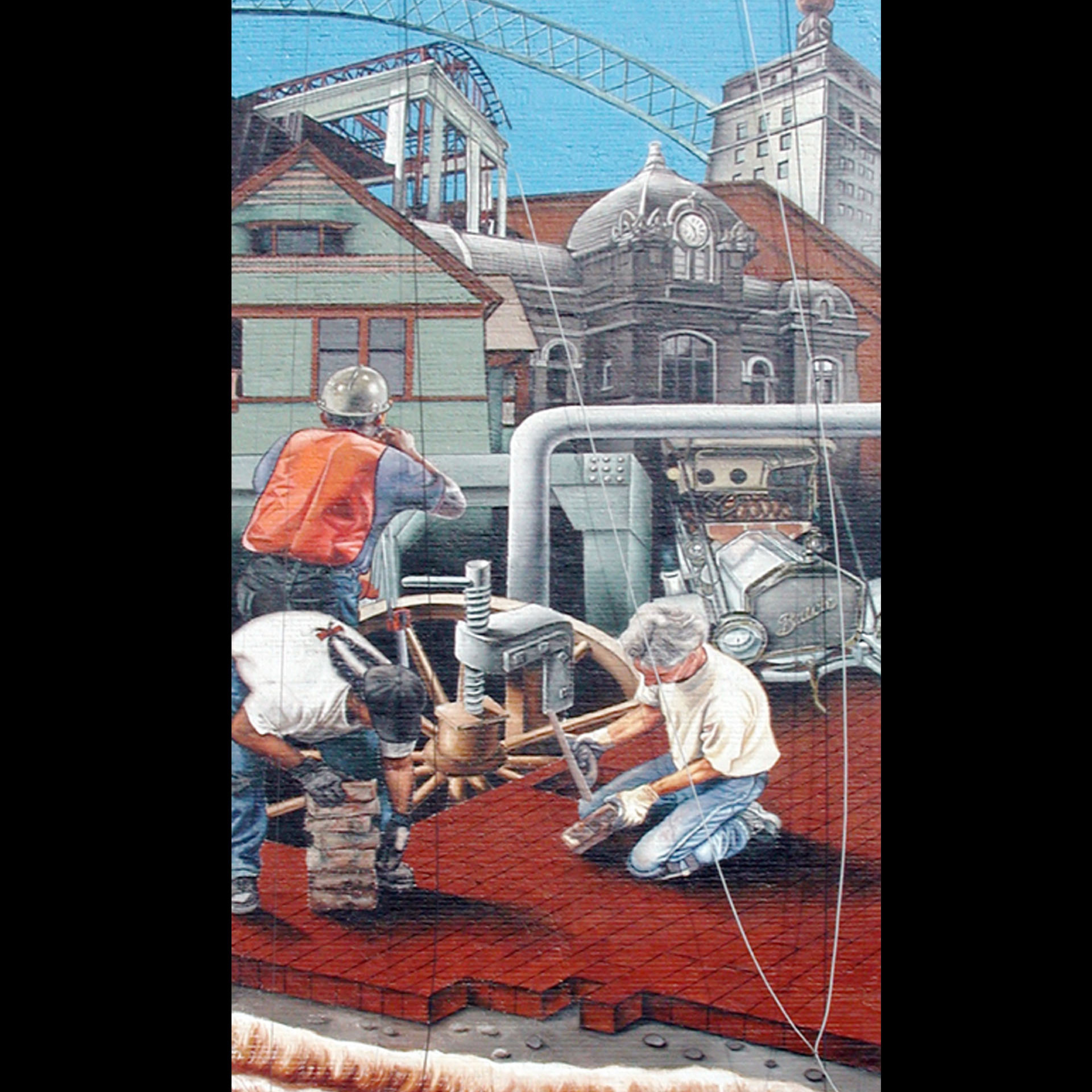
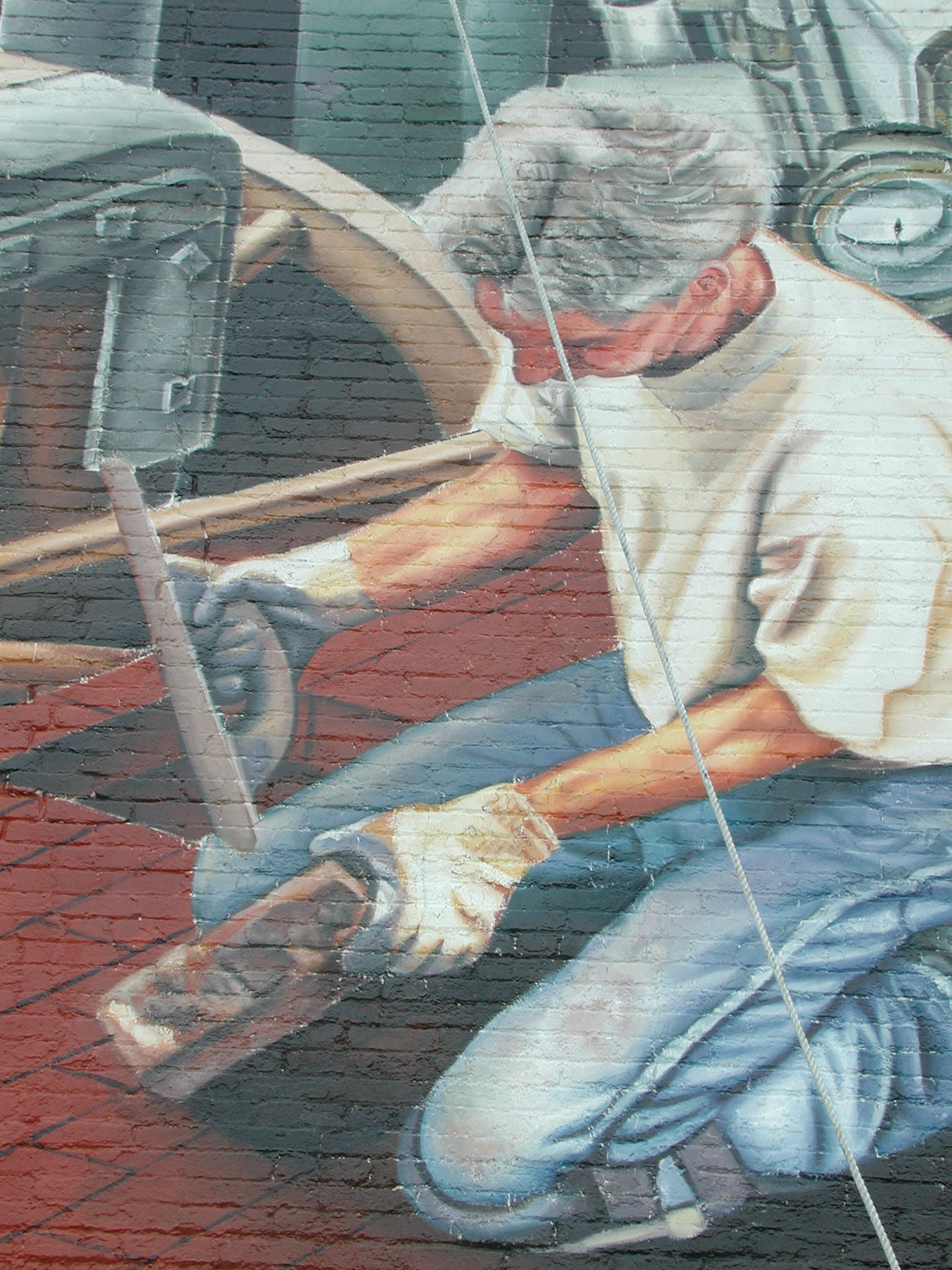
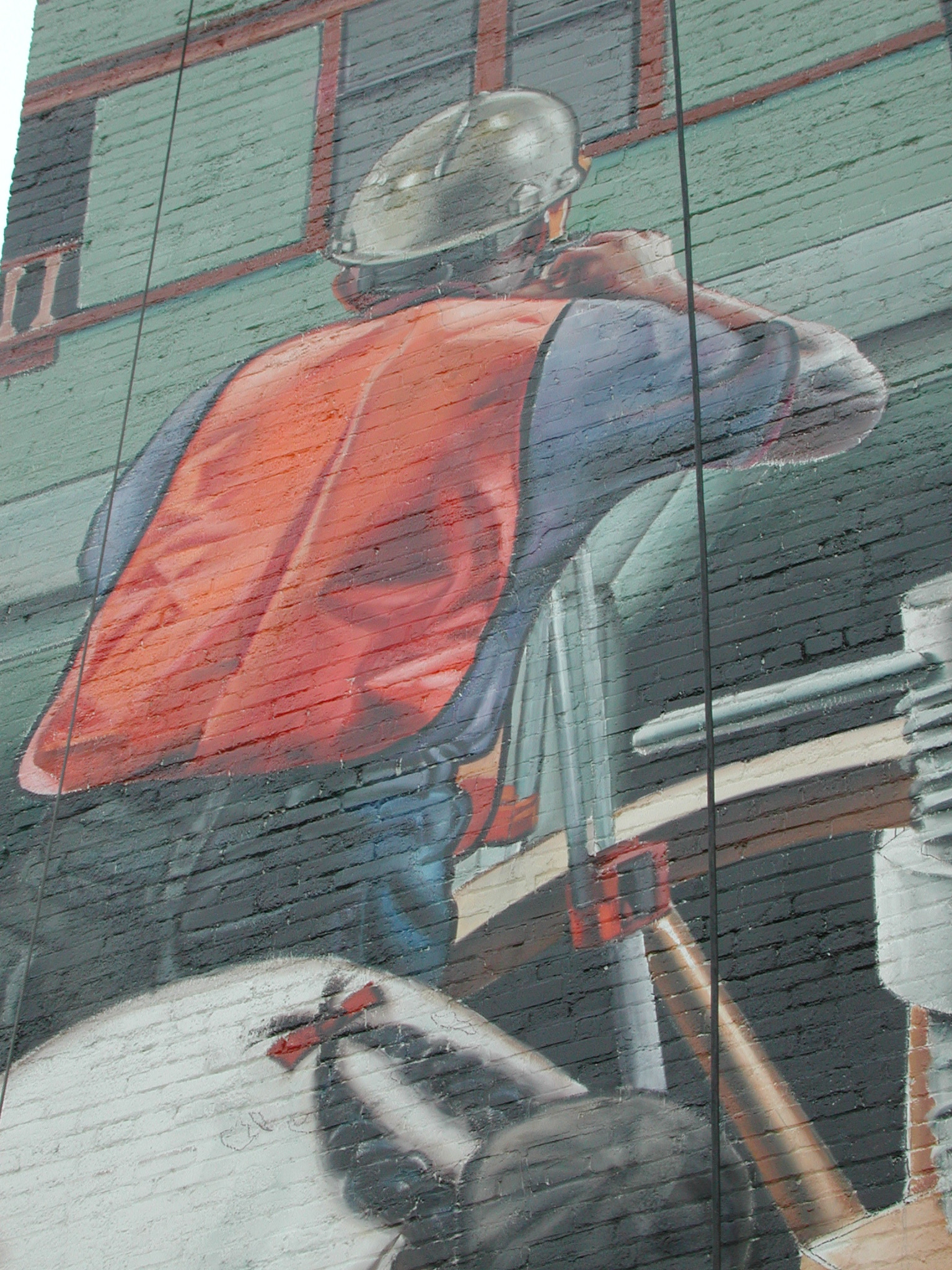
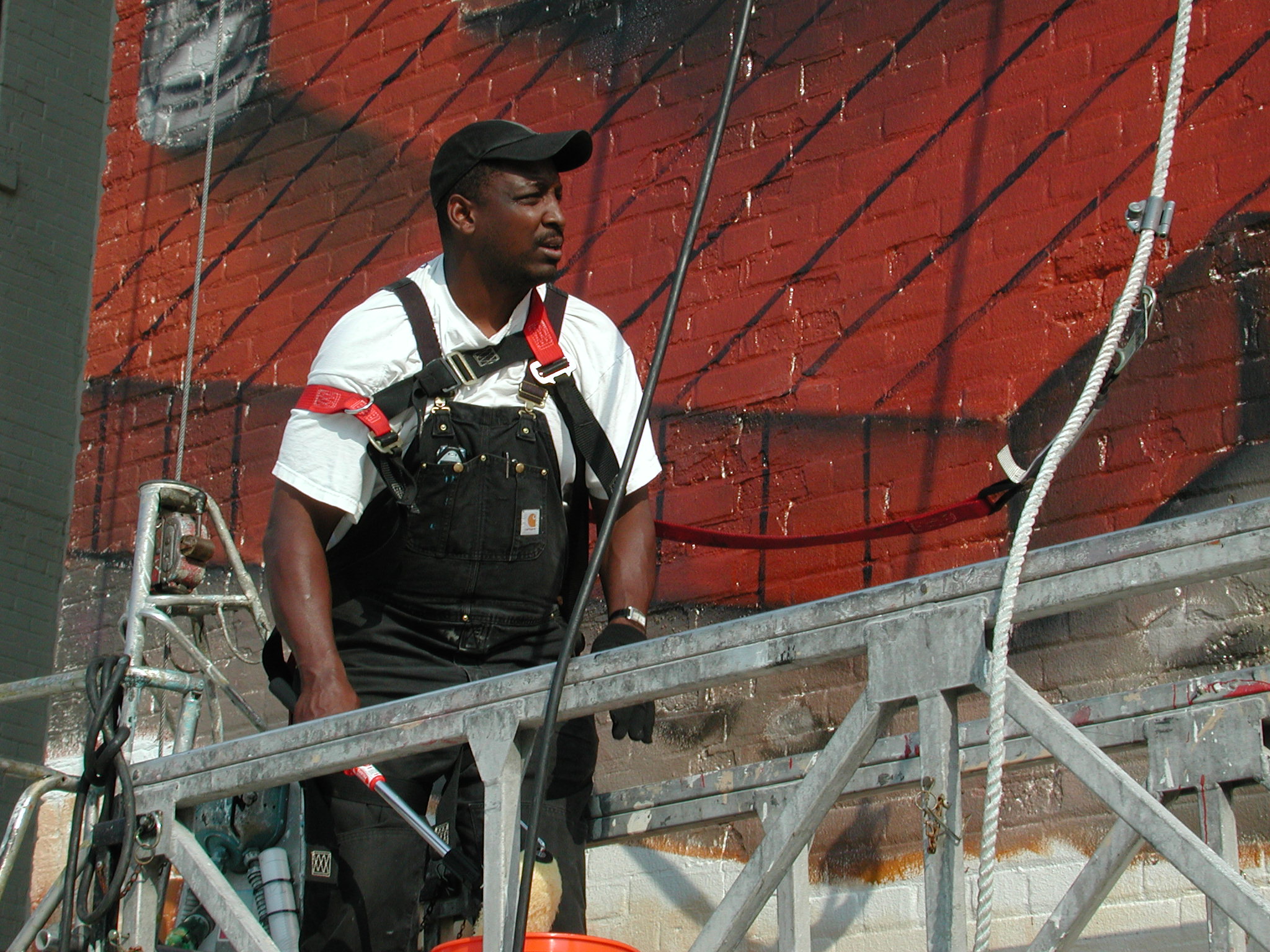
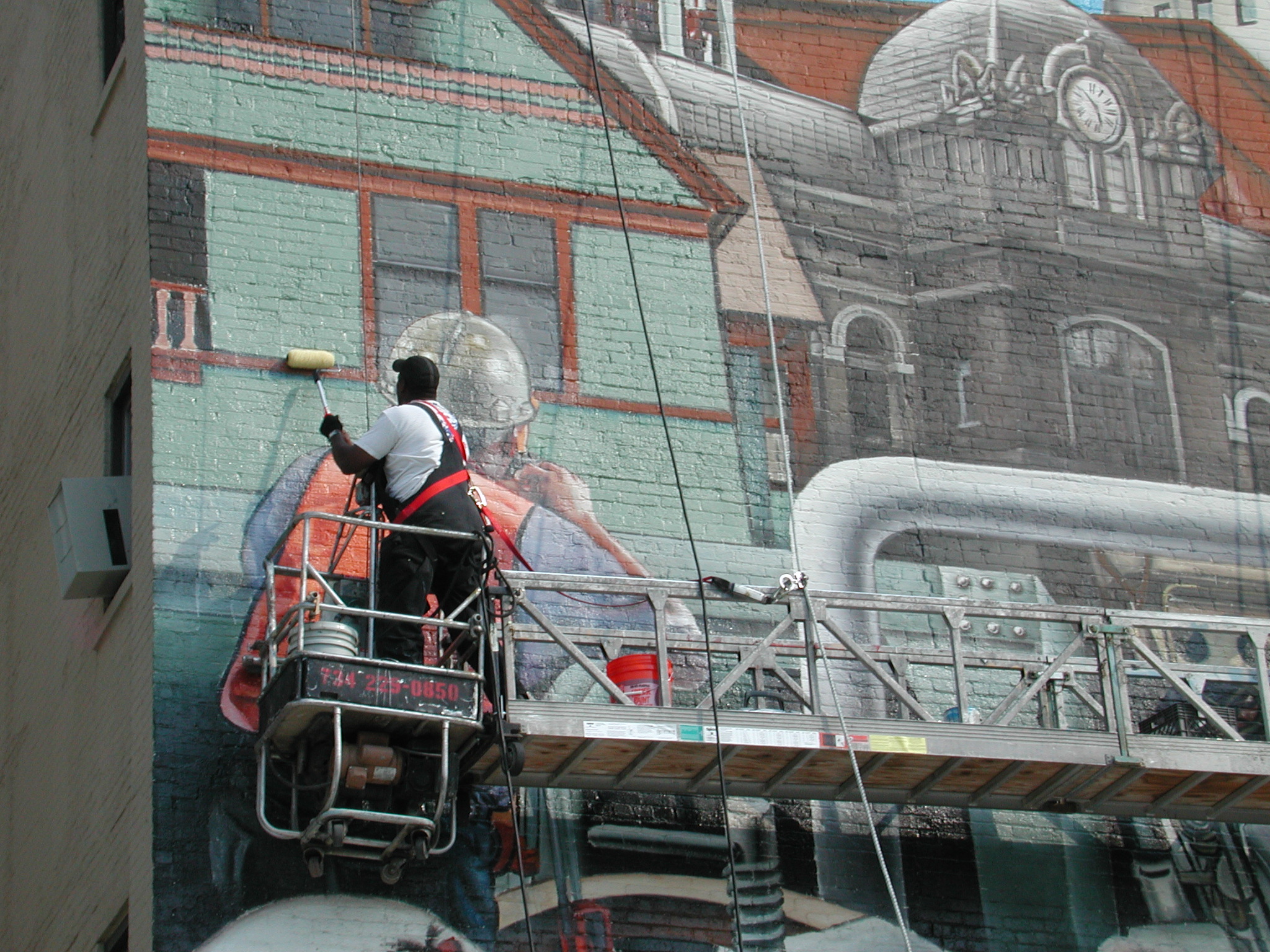
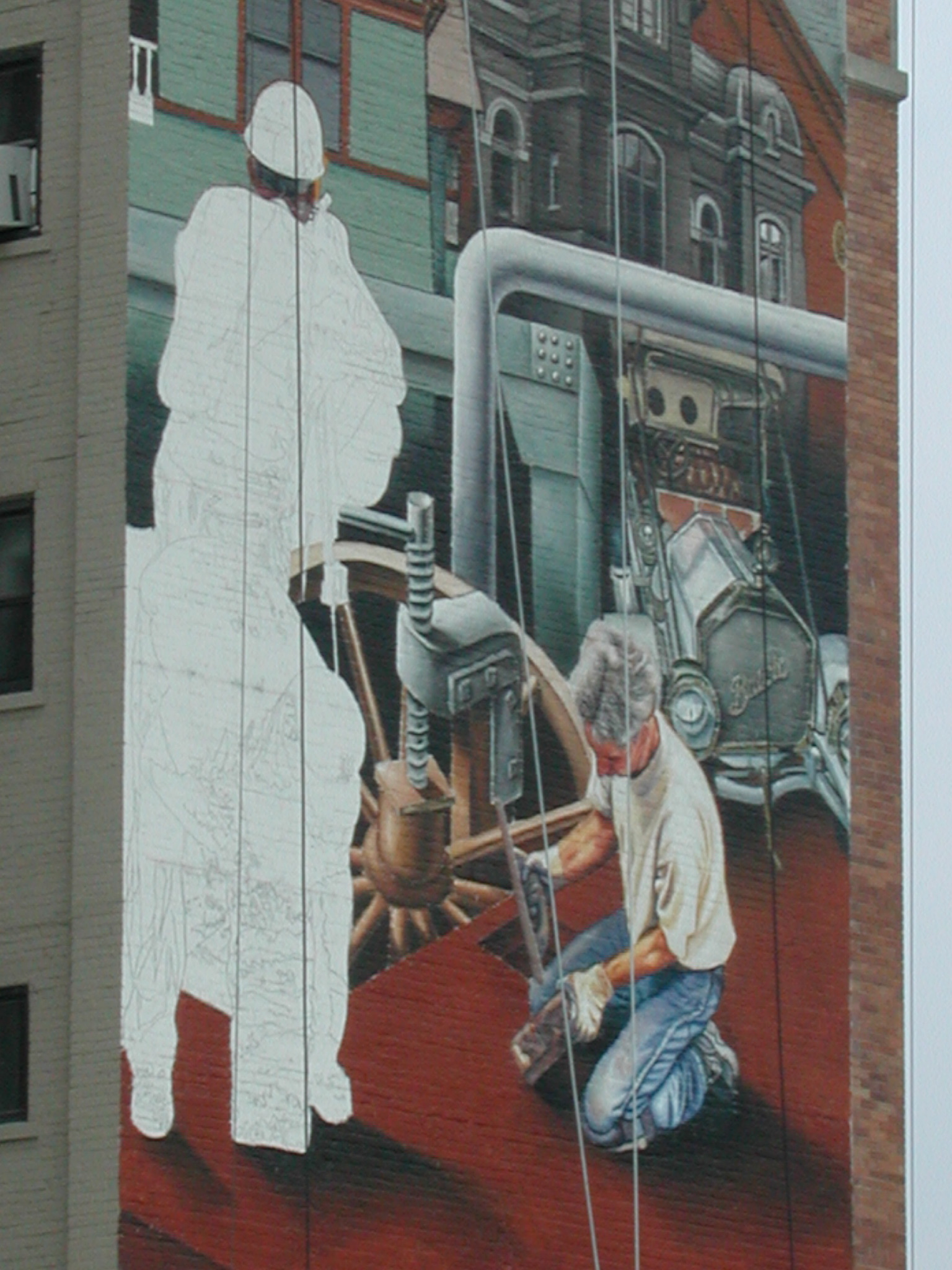
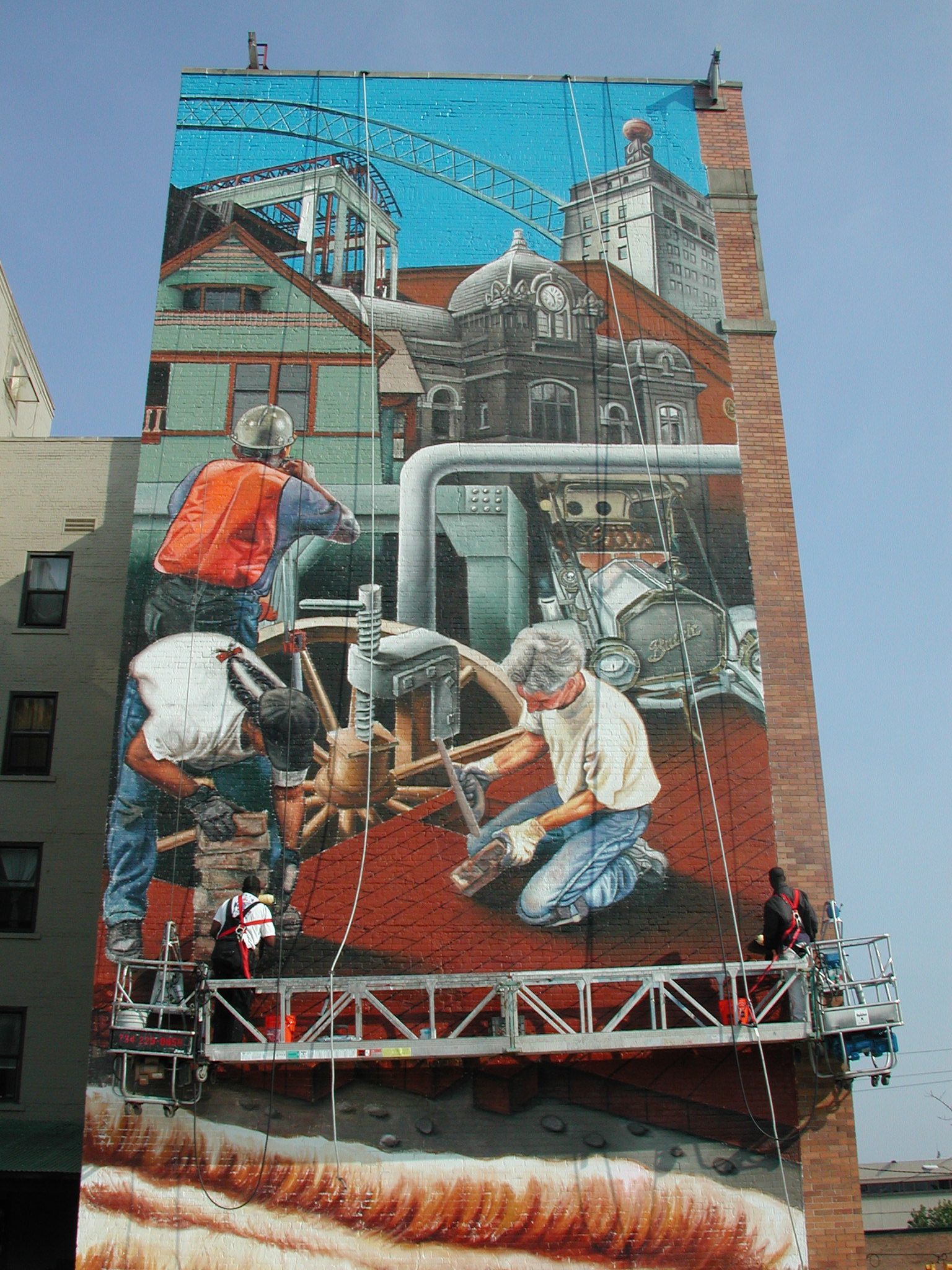
Atheneum Hotel
“Laocoon and Sons”
Painting – Detroit, MI
625 s.f. mural in oil media
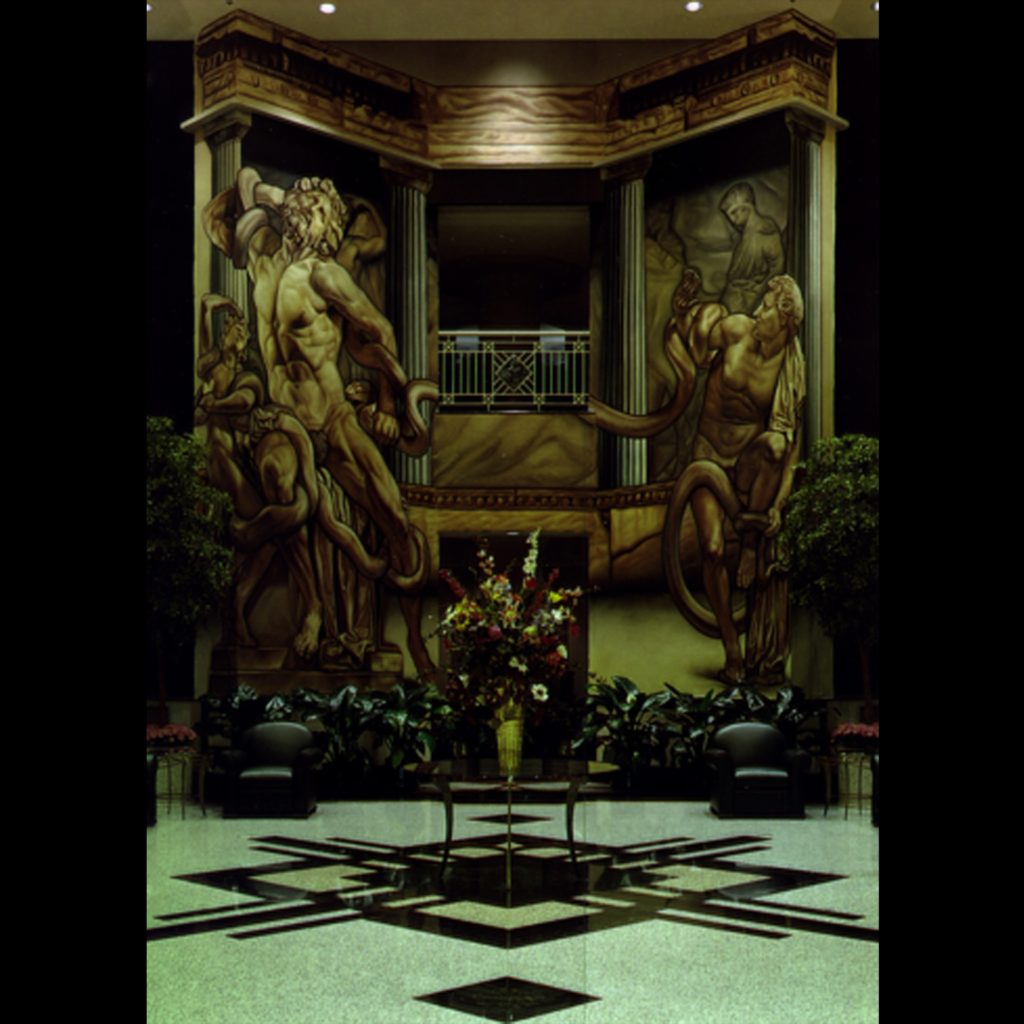
Atheneum Hotel
Paradise Valley
“Paradise Valley”
2010
Paradise Valley Park – Detroit, MI
Terrazzo, exterior installation
Dimensions: 120’ x 38’
“I have a deep commitment for rediscovering historical art through the use of Terrazzo. Its rich color and unique variety of surfaces allow me to draw on the richness of the traditional Italian culture, while responding to today’s contemporary public art designs”
The theme for this art work is Paradise Valley from the 1920s through the 1950s and 1960s, and Harmonie Park from the 1800s to 1970s. The area of Detroit known as Paradise Valley embodied an era of economic growth, first-class entertainment and new opportunities for Detroit’s black community. Paradise Valley was the center of activity and change, offering jobs and apartments, nightclubs, restaurants and hotels. Images related to historical people, buildings, and iconography and music motifs are displayed in this city park. Harmonie Park was an area that was largely settled by Germans. The area was rich with many buildings built by and for people of German ancestry.
Charles H. Wright Museum of African-American History
“Genealogy”
The Wright Museum of African American History, Rotunda Room– Detroit, MI
Terrazzo floor design
When visitors enter the majestic Ford Freedom Rotunda, their eyes and hearts are drawn to a large, 72 feet diameter mural in the circular floor. Titled Genealogy, Detroit artist Hubert Massey created this impressive work. Genealogy was produced using terrazzo, the flooring material made of marble chips and cement, which is poured into a matrix, then buffed and polished.
Massey’s design was inspired by the struggle of African Americans for freedom, education, economic empowerment and social equality. Figures in the artwork symbolize various aspects of the struggle. The central and largest figure represents the Supreme Being and the importance of spirituality in strengthening African Americans. To the right, an African woman kneels beside a body representing young slaves who died during the Middle Passage. An African American woman on the left embraces a body that symbolizes the loss of lives to violence in the United States. To the right of the central figure is an outline map of Africa, balanced on the left by an outline of the United States. These depict the connected spirit and culture of Africans and African Americans. On the lower left and right are two figures. One clutches a book, symbolizing hunger for knowledge, and the other’s arm is outstretched seeking upward mobility.



Mexicantown Bagley Bridge
“Spiral of Life”
Mexicantown Bagley Pedestrian Bridge, Michigan Dept. of Transportation – Detroit, MI
Tile mosaic
When he was chosen by the Michigan Department of Transportation to design a piece for the Bagley Avenue Pedestrian Bridge in Southwest Detroit, one of the deciding factors was Massey’s ability to work with civic agencies.
“Art doesn’t have to be a piece that hangs on a wall,” he said. “It can be the wall that happens to have art on it. It can have a functionality and facilitate an interaction between people and communities.”
A hand grasps a ribbon of fabric that flows throughout the art. The fabric bears patterning from textiles representing the community’s different cultural groups. The resilience of the community and its orientation toward families is represented. Culture and history is represented in the sprites of St. Anne’s Church set at a diagonal near the center of the composition and the Ambassador Bridge and Detroit River in the upper right. The three sisters (squash, peas, and corn) and other vegetation represent urban farming since many people that came to Detroit were farmer. The migrations to and from Mexico are represented by a suitcase in the lower left. Along the top are images of extended families set set in a decorative pattern of spirals. The perimeter of the art displays Detroit’s surrounding landscape in a spiral.


